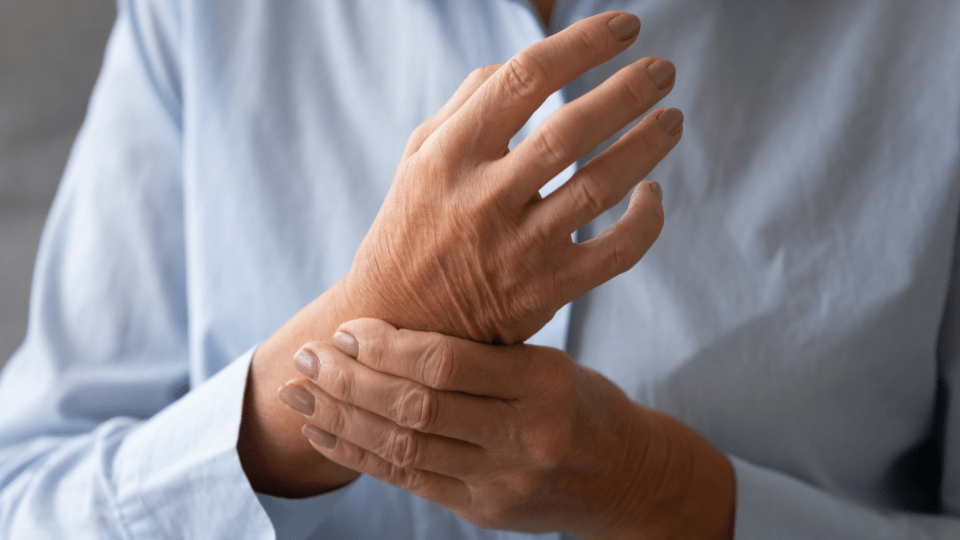Substantiated information by:
Claudia Castrillo
Advanced Practice Nurse (APN)
Nephrology and Renal Transplant Service
Gerard Espinosa Garriga
Medical Internist
Autoimmune Diseases Service
José-Manuel Mascaró Galy
Dermatologist
Dermatology Service
Luis F Quintana Porras
Nephrologist
Nephrology and Renal Transplant Service
Núria Baños López
Gynaecologist
Maternal-Fetal Medicine Service
Ricard Cervera Segura
Rheumatologist and Head of service
Autoimmune Diseases Service
Roser Ventura Roca
Nurse
Internal Medicine Service
Published: 20 February 2018
Updated: 1 June 2023
The donations that can be done through this webpage are exclusively for the benefit of Hospital Clínic of Barcelona through Fundació Clínic per a la Recerca Biomèdica and not for BBVA Foundation, entity that collaborates with the project of PortalClínic.
Subscribe
Receive the latest updates related to this content.
Thank you for subscribing!
If this is the first time you subscribe you will receive a confirmation email, check your inbox
An error occurred and we were unable to send your data, please try again later.





















